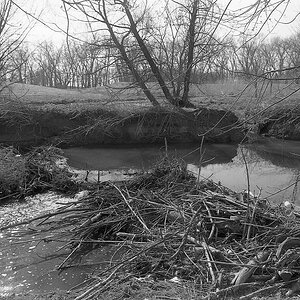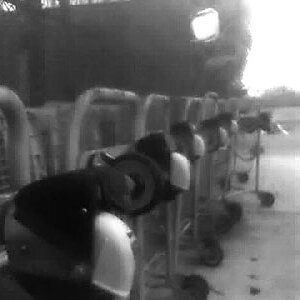Robin Usagani
Been spending a lot of time on here!
- Joined
- Jun 6, 2010
- Messages
- 10,347
- Reaction score
- 2,174
- Location
- Denver, CO
- Can others edit my Photos
- Photos OK to edit
Ok.. so my 500D has a maximum resolution of 4752 x 3168. If I print 20x30, that means my ppi is only 158. When I google about printing 20x30, there as so many people say they sent 20x30 300dpi. What are they saying? They have a 54MP camera??
So anyway, my question is, is it that bad to tell the software to interpolate it so it is 300 ppi?
So anyway, my question is, is it that bad to tell the software to interpolate it so it is 300 ppi?








![[No title]](/data/xfmg/thumbnail/37/37603-739c5d9b541a083a12f2f30e45ca2b7b.jpg?1619738147)




